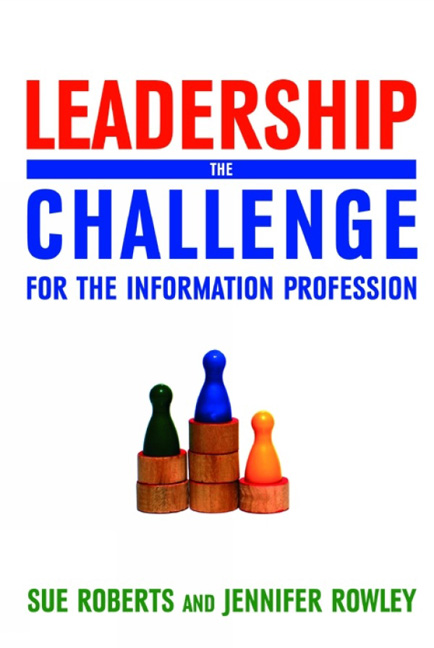4 - Change and innovation
Published online by Cambridge University Press: 08 June 2018
Summary
Learning objectives
After reading this chapter you should be able to:
☑discuss models of change and its processes
☑appreciate people's experience and response to change
☑understand the concept of change leadership
☑discuss the role and characteristics of change agents
☑debate the benefits of the innovation perspective on change.
Introduction
Leadership involves formulating direction and exercising influence to ensure that a team or organization moves forward, and it is therefore inevitable that leadership is associated with change. Leaders need to understand change processes, how to support and engage people through change processes and how to create an organizational culture in which change is not only expected, but welcomed. On a personal level they have to have the confidence to enjoy change even when it is associated with a steep personal learning curve, managing issues that might seem trivial to the bigger picture but which might be important to individuals, rescuing something from frustratingly irresolvable conflicts, and dealing with elaborate bureaucracies. To be inspiring and motivating to others, the leader has to be inspired and motivated themselves. This chapter seeks to offer some concepts, perspectives and models that can be used to promote the effectiveness of change processes.
Change and its processes
There are many different types of change process. Sometimes change is evolutionary and incremental, but on other occasions more radical change is required. Major changes, such as an organizational re-organization, often have significant consequences for employees’ roles and jobs; such processes need both leadership and management. Changing marketplace dynamics in the private sector, and shifting political and government agendas in the public sector, coupled with technological innovation and increasing information and knowledge flows in organizations, are all important and continuing drivers for change. Information organizations, being at the heart of the knowledge revolution, have undergone many changes in recent years and there is no reason to believe that the rate of change will slow. Figure 4.1 summarizes some of the triggers for change for information services.
Within the context of academic libraries, Lougee (2002) observes that since research libraries support all sectors of academic life, they are at the nexus of change in higher education.
- Type
- Chapter
- Information
- LeadershipThe challenge for the information profession, pp. 89 - 114Publisher: FacetPrint publication year: 2008



